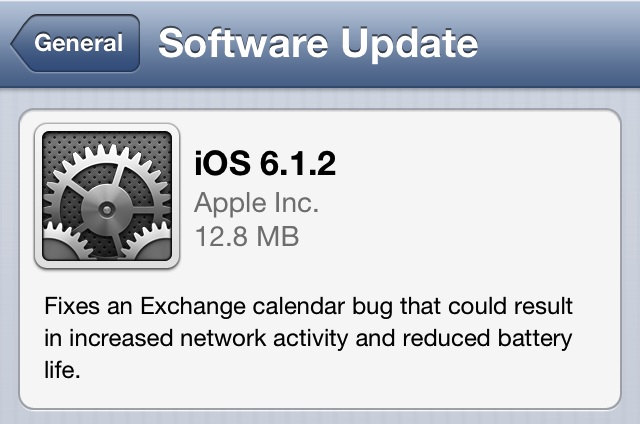Création des Logiciels de gestion d'Entreprise, Création et référencement des sites web, Réseaux et Maintenance, Conception




Création des Logiciels de gestion d'Entreprise, Création et référencement des sites web, Réseaux et Maintenance, Conception




<script type="text/javascript" src="http://www.google.com/jsapi"></script>
if (needToLoadGoogleAjaxApisLoaderModule) {
// Load Google AJAX APIs loader module (google.load)
var script = document.createElement('script');
script.src = 'http://www.google.com/jsapi?callback=googleLoadCallback';
script.type = 'text/javascript';
document.getElementsByTagName('head')[0].appendChild(script);
}
function googleLoadCallback() {
// Initialize AJAX Feed API
google.load('feeds', '1', {callback: startUsingAjaxFeedAPI});
}
function startUsingAjaxFeedAPI() {
// Start using AJAX Feed API
var feed = new google.feeds.Feed(someFeedUrl);
...
}
<script type="text/javascript"4. Make sure to replace mybloggersworld with your twitter username.
src="http://s.moopz.com/fanbox_init.js"></script><div
id="twitterfanbox"></div><script
type="text/javascript">fanbox_init("mybloggersworld");</script>


| /* JOIN EACH example * Selects the top 10 most edited Wikipedia pages * of words that appear in works of Shakespeare. */ SELECT TOP(wiki.title, 10), COUNT(*) FROM [publicdata:samples.wikipedia] AS wiki JOIN EACH [publicdata:samples.shakespeare] AS shakespeare ON shakespeare.word = wiki.title; |
| /* TIMESTAMP example * Which hours in the day are the most popular for GitHub actions? * This query converts github_timeline "created_at" date time * strings to BigQuery TIMESTAMP, and extracts the hour from each. */ SELECT HOUR(TIMESTAMP(created_at)) AS event_create_hour, COUNT(*) AS event_count FROM [publicdata:samples.github_timeline] GROUP BY event_create_hour ORDER BY event_count DESC; |
Often we as marketers think we know a lot about how people search. The truth is, there are a lot of different ways to search and it varies by industry and from one individual to another. By analyzing the keywords and phrases that are driving traffic and sales to your website, you can find out how your customers search to find your site. What adjectives or other modifiers do potential customers search on? What order do they search?
If your site is showing up on the first page for some of those keywords, how much traffic are you getting from those organic listings? More importantly, how many leads or sales are you getting from those keywords? You will sometimes be surprised at which keywords drive the most traffic. Often it's not the keywords you think will be best, and that's why you have to watch your keyword referral reports to see which keywords are working.
If you're on the first page of Google and you get zero clicks, it's time to find some new keywords. Stick with the keywords that drive sales and ditch the keywords that don't work. There is a huge difference in click through rates depending on the position your site is listed in, but if your site is anywhere on the first page of Google, you should expect some level of traffic, or you're not targeting the right keyword.
The nice thing about PPC search advertising is that you can choose exactly which keywords your ad shows up for. The thing that sucks about PPC is that you have to pay for every click. So why not take what you've learned from your PPC campaign and make sure you're focusing your SEO efforts on the right keywords? You'll usually find that a first page organic listing for the same keyword will send a lot more traffic than a paid listing for the same phrase, and the price per click is way better.
The same idea for taking PPC keywords into your SEO campaign works the other way, too. Organic search listings will bring people to your site for all kinds of different keywords–including tons of keyword combinations that you never would have thought to include in your PPC campaign. If you notice a particular phrase that drives a lot of sales from a unique organic search keyword, you should try it out in your PPC ads. You'll usually see a similar conversion rate, or maybe even better conversion from PPC on the same keyword!
Negative matching with PPC campaigns is when you tell the search engines to not show your ad when certain words are included in the search query. This can come in handy when you're doing broad matching on keywords that have multiple meanings or connotations. They can also help you eliminate keywords that are driving a lot of traffic without resulting in sales. By watching your conversion metrics on a keyword level, you can identify keywords that drive traffic without sales and add those keywords to your campaigns as negative matches. You can even save yourself some money by looking at irrelevant, under-performing keywords from your organic search that should be excluded from your PPC campaigns before you even spend a penny on PPC ads.
You'll start to notice that people find your site for all kinds of different, sometimes strange, keywords. Watch the keyword list for new ideas for topics you can write about on your blog or even a new product you can add to meet the needs of your customers. If you're getting significant traffic on keywords that you don't have content about, it's a good indicator that traffic would flow to your site if you create content to match what people are looking for.
2013, By: Seo Master